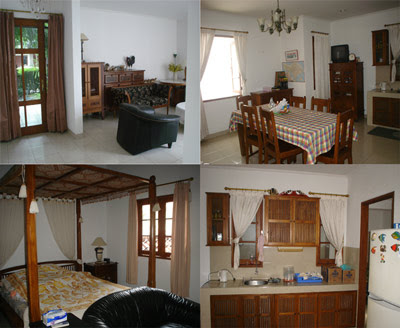How to move an aggregate between software disk-owned HA pairs.
Description
This article explains, how move an aggregate from one controller in a HA pair to its partner in a software disk owned system. This procedure only applies to 7-mode systems.
Procedure
For reference: FILER1 owns the disk initially. FILER2 is where the disks/volume are being moved to.
WARNING:
Before starting this procedure, confirm that there are no aggregates or FlexVols on FILER2 that have the same name as the original aggregate/FlexVols or traditional volume being moved. Failure to do so will result in the relocated volume(s) with conflicting names being appended with a (1) instead of the original name.
Note:
This procedure is only supported under the following conditions:
- Disks do not get moved, ownership remains of either node in HA pair.
- If disks are moved outside the HA pair, shelf MUST NOT be moved.
It could be misunderstood to move disk/shelf to another filer using similar procedure. If the shelf needs to be moved outside of the HA pair, downtime is required.
- Start by taking the aggregate offline from FILER1.
Example:
For a traditional volume:
FILER1>aggr offline <volname>
- For an aggregate with FlexVols:
FILER1>priv set diag
FILER1*>aggr offline <volname> -a
FILER1*>priv set admin
FILER1>
- Move disk ownership of all disks in the aggr to FILER2.
WARNING:
The node on which the disk assign is done must be the node that is giving away the aggregate.
FILER1> disk assign 0a.16 0a.17 0a.18 0a.19 -o FILER2 -f
(-f must be used since the disks are already owned)
- Verify that no further disks belonging to the original aggregate are left on the original node.
FILER1>aggr status -r <original-volname>
- Online the relocated aggregate from FILER2:
FILER2> aggr online <test>
Note:
It will be necessary to reconfigure any Common Internet File System Protocol (CIFS) shares,Network File System (NFS) exports or configure the appropriate igroups on the partner for the relocated volume(s) before clients can access this data.
Related Link:
Disclaimer
NetApp provides no representations or warranties regarding the accuracy, reliability, or serviceability of any information or recommendations provided in this publication, or with respect to any results that may be obtained by the use of the information or observance of any recommendations provided herein. The information in this document is distributed AS IS, and the use of this information or the implementation of any recommendations or techniques herein is a customer’s responsibility and depends on the customer’s ability to evaluate and integrate them into the customer’s operational environment. This document and the information contained herein may be used solely in connection with the NetApp products discussed in this document.



